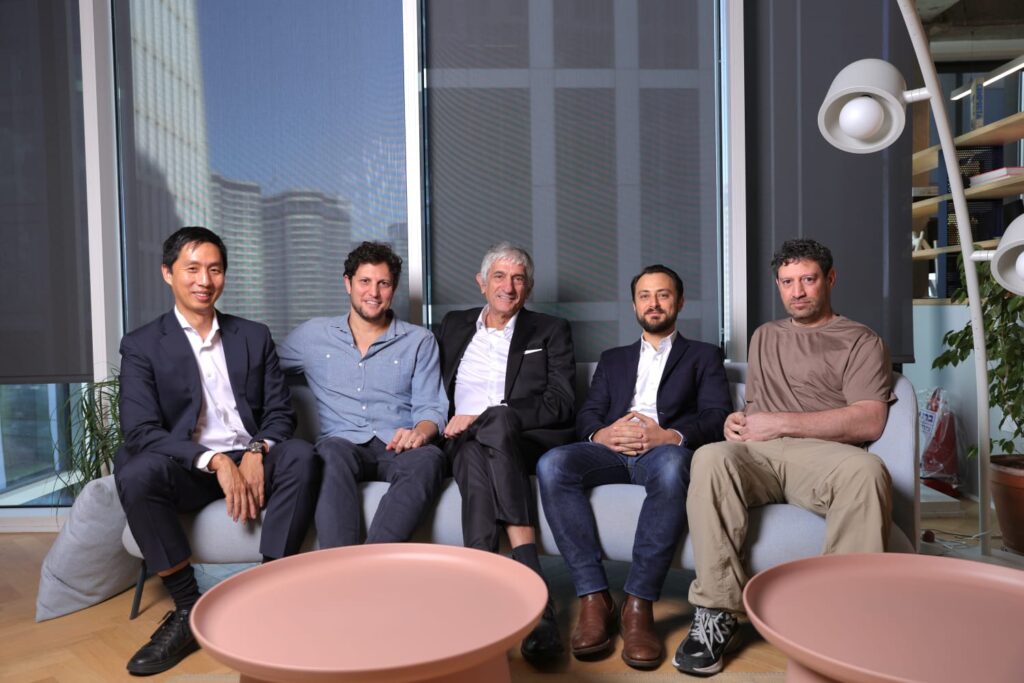Insider Brief:
- Helium-3, a rare isotope deposited on the moon by solar wind, is essential for dilution refrigerators widely used by superconducting quantum computers, but its scarcity on Earth raises concerns about future supply.
- Interlune, a Seattle-based company founded in 2020 by former Blue Origin technologists, intends to mine Helium-3 from the lunar regolith using compact, energy-efficient robotic harvesters designed to extract and process the isotope.
- Mining Helium-3 comes with significant challenges, including low concentrations (2.4 to 26 parts per billion), abrasive lunar dust, and the need to process large amounts of soil—up to 1 million tons for a single kilogram.
- Interlune plans to test Helium-3 extraction with a resource development mission in 2027 and establish a pilot plant on the moon by 2029, supported by grants and private funding to address the needs of quantum computing and other emerging technologies.
For those who had the unique opportunity to witness the Apollo 11 mission, memories of edge-of-seat moments often resurface—moments that seemed to stretch into eternity as humanity watched, in real-time, one of its most defining feats: the moon landing. Since then, regardless of controversy that, from some depth unknown, gathers the audacity to question such a feat, the landing has become emblematic of the great endeavors we undertake in pursuit of purpose, exploration, and understanding.
Now, decades later, the moon once again stands as both a symbol and target of human ambition—not just for the sake of exploration but for its mining potential. While Earth’s atmosphere and magnetic field shield it from the onslaught of solar wind, the moon has long been exposed to these particles, accumulating an abundance of Helium-3 (He-3). Over billions of years, meteorite impacts have driven this rare isotope deeper into the lunar regolith, the layer of loose soil and rock covering the surface.
Quantum computers, particularly superconducting quantum computers, are no strangers to unending adversity born of undeniable complexity. These machines rely on maintaining temperatures near absolute zero, the point at which thermal motion essentially ceases, to function correctly. Achieving such extreme cooling depends on cryogenic techniques that, in turn, require scarce resources like Helium-3.

On Earth, Helium-3 is a rarity. It can be obtained through the decay of tritium, a hydrogen isotope, but the process is challenging and has a limited ability to scale. As the development of quantum technology accelerates, so too do concerns about whether the supply of Helium-3 can keep pace with demand.
For some, this concern may spark a desire to defer the problem as a task better suited for tomorrow than today. But for Interlune, a Seattle-based company with a bold mission, this is simply a question of engineering. Founded in 2020 by a team of former Blue Origin technologists, Interlune recognizes lunar Helium-3 as a critical component in addressing the cooling demands of superconducting quantum computers.
In a recent interview with SpaceNews, Interlune CEO Rob Meyerson remarked “Quantum computing is the key demand generator for us.” While Helium-3 has potential applications in fueling nuclear fusion reactors, enhancing medical imaging, and improving radiation detection, the company’s primary focus remains on quantum computing, where demand is expected to surge within the next decade.
Interlune’s approach involves developing compact, energy-efficient robotic harvesters designed to extract Helium-3 from the lunar regolith—the loose soil and rock covering the moon’s surface. These harvesters, similar to large agricultural equipment, will dig up lunar soil to a depth of three meters, process it to extract Helium-3, and then redeposit the soil in a “tilled” state. Meyerson envisions deploying five such harvesters in the near term, each the size of a large SUV.
THE CHALLENGES OF MINING HE-3
The moon may hold quantities of Helium-3 in abundance, but extracting it is no small task. According to the interview, lunar regolith samples brought back during NASA’s Apollo missions reveal that concentrations of Helium-3 are extremely low, ranging from 2.4 to 26 parts per billion. To harvest just one kilogram of Helium-3, Interlune would need to process anywhere from 100,000 to 1 million tons of regolith—a monumental undertaking comparable to operating a large copper mine on Earth.
The uneven distribution of Helium-3 adds insult to injury. While permanently shadowed regions near the lunar south pole contain higher concentrations, these areas are notoriously difficult to access and operate in. For now, Interlune plans to target regions near the lunar equator, where conditions are more favorable for mining operations.
Other hurdles include the abrasive nature of lunar dust, which is foe to machinery, and the sheer scale of operations necessary to make mining profitable. Interlune must also develop and test proprietary technology capable of processing regolith efficiently in low-gravity conditions.
A LUNAR PLAN OF ACTION
Interlune is taking a methodical approach to these challenges. The company plans to launch a resource development mission in 2027 to measure Helium-3 concentrations at a future mining site and test small-scale extraction techniques. This will be followed by the establishment of a pilot plant on the moon in 2029, designed to prove the scope of mining operations and returning Helium-3 to Earth.
To support its long-term goals, Interlune has secured funding from both private investors and government grants. These include a $365,000 grant from the U.S. Department of Energy to develop technology for separating Helium-3 from terrestrial helium, as well as a NASA TechFlights grant to advance lunar soil processing technology. Interlune has also been conducting tests in low-gravity environments using Zero-G Corporation’s modified B-727-200 aircraft, which simulates lunar gravity during parabolic dives.
INTERCONNECTED MOONSHOTS
Interlune’s mission has the potential to address the needs of developing quantum technology as well as embody a proof of concept ofthe search for resources beyond our blue marble of a home. Beyond that, it also exemplifies the interconnectedness of emerging fields. The development of quantum computers drives the demand for Helium-3, which, in turn, fuels advancements in lunar mining, robotics, and space travel. As these technologies evolve, they create a ripple effect, accelerating progress across multiple domains.
For example, advancements in robotics could improve proprietary mining technology. Improvements in quantum sensors might refine resource detection and route planning on the lunar surface. Meanwhile, progress in space travel could lower the barriers to operating in extraterrestrial environments. These intertwined developments define humanity’s collective moonshot—a pursuit of knowledge and innovation that transcends individual fields.
And so, the childhood adage takes on a new dimension: reach for the moon, and if you fall short, perhaps you’ll land on a meteorite rich in Helium-3 deposits.















